What is the main purpose of guided reading?
The purpose of Guided Reading is to help students become independent, strategic readers. When we understand and notice students' reading behaviors, we can support them and give them exactly what they need to move forward. Guided Reading supports a student-centered approach to instruction.
Is literature a mirror of culture?
Literature indeed reflects the society, its good values and its ills. In its corrective function, literature mirrors the ills of the society with a view to making the society realize its mistakes and make amends. It also projects the virtues or good values in the society for people to emulate.
How does literature promote culture?
People can convey their cultural ideas, values, and beliefs through literature. It is a tool that enables people to tell others about their experiences and share their stories. Literature has the power to promote social change as well as preserve cultures and traditions.
What are the 5 components of a literary analysis?
The elements to be analyzed are plot, setting, characters, point of view, figurative language, and style. This will serve as the evidence/support throughout your paper. Setting: Is there anything to note about the role that time of day plays in the story?
What are the 4 types of literary analysis?
There are many different kinds of literary criticism, but four major kinds of literary criticism are:
-
Historical-biographical criticism, which includes an author's sociohistorical context.
-
Moral-philosophical criticism, which evaluates a book's moral messages.
-
New criticism, which focuses on the formal uses of language.
What are the five 5 basic categories of literary texts?
Poetry, fiction, nonfiction, drama, and prose are the five main genres of literature. Writers can then further categorize their literature into subgenres. Subgenres are smaller and more specific versions of a genre.
What is a figure of speech?
A figure of speech is a creative use of language to generate an effect. Some figures of speech, like metaphor, simile, and metonymy, are found in everyday language. Others, like antithesis, circumlocution, and puns take more practice to implement in writing.
Some types of figures of speech
Alliteration
is the repeating of consonant sounds right next to each other, which creates a memorable or melodic effect.
Example: She sells seashells by the seashore.
Euphemism
A euphemism is a way to say something in an understated manner, often to avoid difficult topics—like money, death.
Example: Death can be an uncomfortable subject, so we’ve developed many euphemisms to avoid confronting it head-on. Rather than telling a friend that a relative died, you might say they “kicked the bucket,” “passed away,” or are “no longer with us.”
Hyperbole
Hyperbole is a deliberate exaggeration that adds emphasis, urgency, or excitement to a statement.
Example: If I don’t eat soon, I’m going to die of hunger.
Irony
Irony is a situation that subverts a reader’s expectations.
Example: One of the characters in your story is a hypochondriac, always convinced that they have an exotic and uncurable disease. An ironic ending for that character would be if they died of a common cold.
Metaphor
A metaphor is a figure of speech that describes an object or action in a way that isn’t literally true, but helps explain an idea or make a comparison.
Work today was a nightmare!
You are my shining star.
Paradoxes
Paradoxes are thought-provoking statements or situations that seem self-contradictory or ironic. Some paradoxes reveal truths through seemingly irrational statements, while others expose flaws in conventional reasoning.
Less is more.
Fight fire with fire.
Personification
Personification is assigning human attributes to nonhuman things.
Example: The floorboards groaned under the weight of each step.
Simile
A simile compares two dissimilar things using “like” or “as.” The goal of simile is to give the reader a more vivid understanding of something.
Example: It was the first real day of summer, and by the time she came back indoors, she was as red as a tomato.


